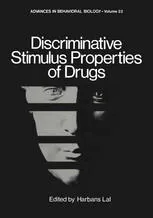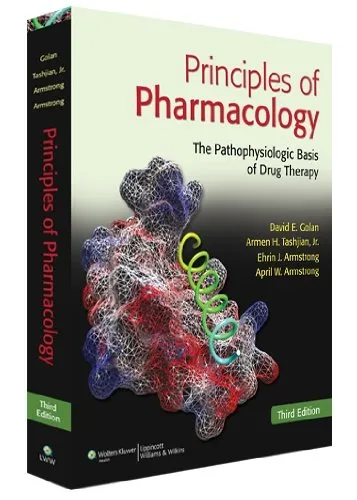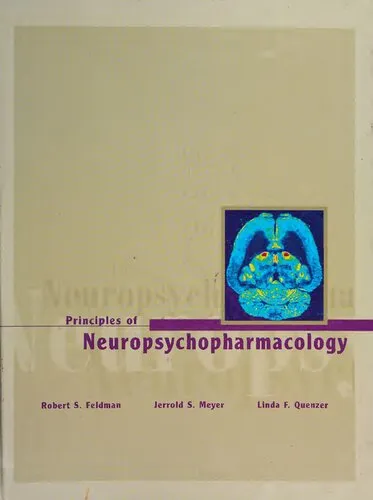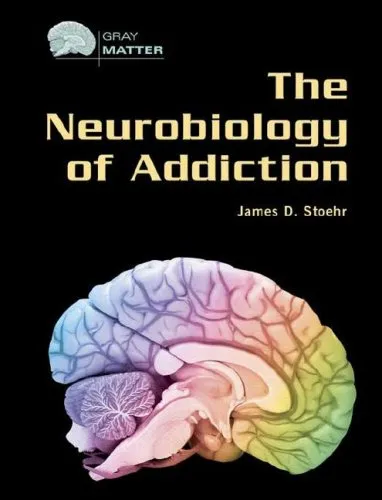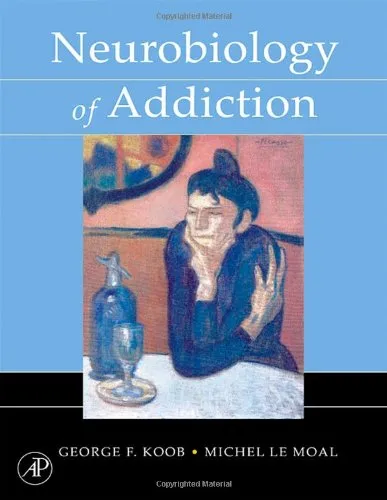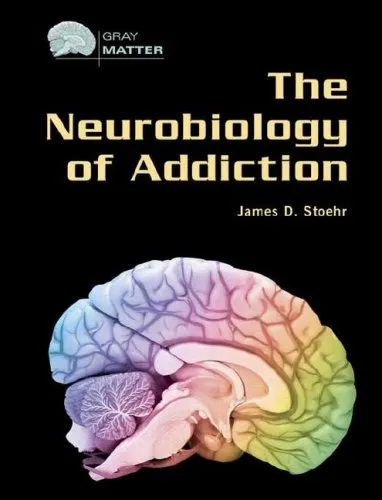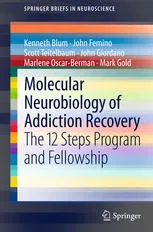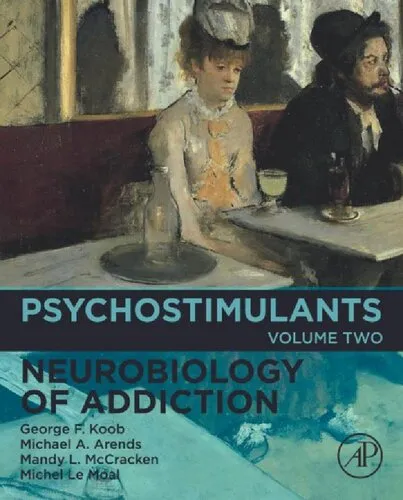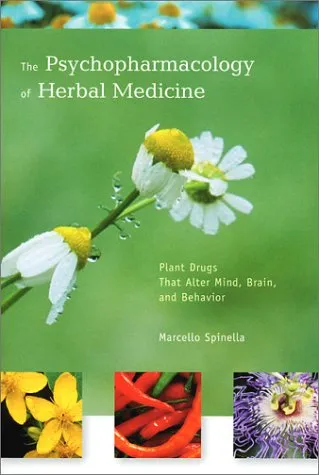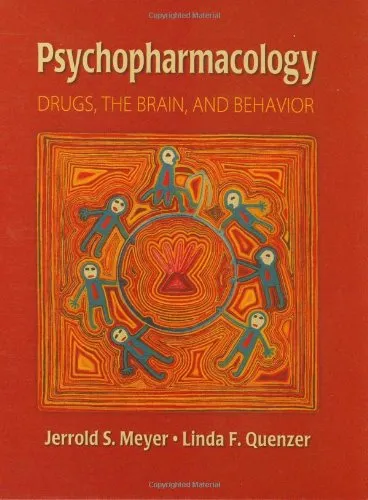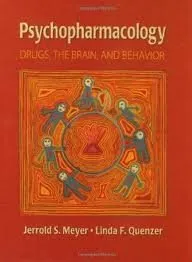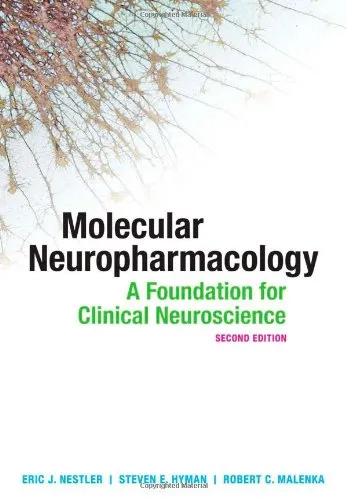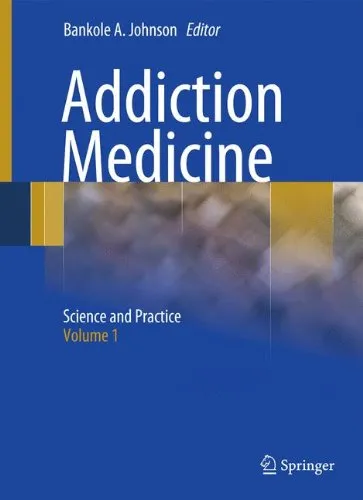Discriminative Stimulus Properties of Drugs
4.0
Reviews from our users

You Can Ask your questions from this book's AI after Login
Each download or ask from book AI costs 2 points. To earn more free points, please visit the Points Guide Page and complete some valuable actions.Related Refrences:
Introduction
Welcome to 'Discriminative Stimulus Properties of Drugs', a comprehensive exploration of the behavioral and neuropharmacological aspects of drugs. Edited by Harbans Lal, this book is a treasure trove of knowledge for researchers, clinicians, and students who are delving into the intricate relationship between drugs and behavior. This book not only delves into the scientific facets of drug-induced stimulus properties but also presents a nuanced understanding of their applications and implications in experimental and therapeutic contexts.
Detailed Summary of the Book
The concept of discriminative stimulus properties of drugs revolves around the idea that certain substances can function as cues in a learning environment, influencing behavior through their unique chemical signals. These characteristics are instrumental in differentiating drugs based on their effects on the central nervous system. The book is meticulously written to address both the theoretical underpinnings and practical applications of drug stimulus properties. It covers various topics such as methodologies used in research, the role of neurotransmitter systems in mediating drug effects, and the clinical implications of these properties, particularly in the field of substance abuse treatment and the development of therapeutic drugs.
The book is structured to provide a balanced combination of theory and empirical data, integrating findings from animal studies and human research. This allows readers to appreciate the translational value of the presented research. With contributions from leading experts in psychopharmacology, this volume encapsulates the diversity and complexity of drug-induced stimuli, facilitating a deeper understanding of how drugs alter perception, mood, and behavior through discrete chemical pathways.
Key Takeaways
- Interdisciplinary Insights: The book bridges gaps between neuroscience, pharmacology, and psychology, presenting a holistic view of discriminative stimuli.
- Methodological Precision: Provides detailed descriptions of experimental frameworks and technologies employed in the study of drug stimuli.
- Clinical Relevance: Emphasizes the importance of discriminative stimulus properties in developing therapeutic interventions for addiction and psychiatric disorders.
- Comprehensive Coverage: Covers a wide range of substances, from common psychoactive drugs to novel psychoactive substances, expanding the reader's knowledge base.
Famous Quotes from the Book
"Understanding the discriminative stimulus properties of drugs not only enhances our comprehension of behavioral pharmacology but also unveils a spectrum of therapeutic possibilities." - Harbans Lal
"In many ways, the discriminative stimulus functions of a drug are a window into its complex interaction with the human psyche, revealing its potential as both a therapeutic agent and a substance of abuse." - Albert Weissman
Why This Book Matters
The significance of 'Discriminative Stimulus Properties of Drugs' cannot be overstated, particularly in the realm of psychopharmacology and behavioral science. As the global community grapples with issues of drug abuse, addiction, and mental health disorders, there is an urgent need for resources that provide robust scientific knowledge and innovative solutions. This book fulfills that need, equipping researchers, clinicians, policymakers, and educators with cutting-edge insights into how drugs interact with the brain and behavior. Its interdisciplinary nature ensures that it is not limited to a single field of study but is applicable across various domains, making it an indispensable resource in drug research and policy formulation.
Free Direct Download
You Can Download this book after Login
Accessing books through legal platforms and public libraries not only supports the rights of authors and publishers but also contributes to the sustainability of reading culture. Before downloading, please take a moment to consider these options.
Find this book on other platforms:
WorldCat helps you find books in libraries worldwide.
See ratings, reviews, and discussions on Goodreads.
Find and buy rare or used books on AbeBooks.
1438
بازدید4.0
امتیاز0
نظر98%
رضایتReviews:
4.0
Based on 0 users review
Questions & Answers
Ask questions about this book or help others by answering
No questions yet. Be the first to ask!
